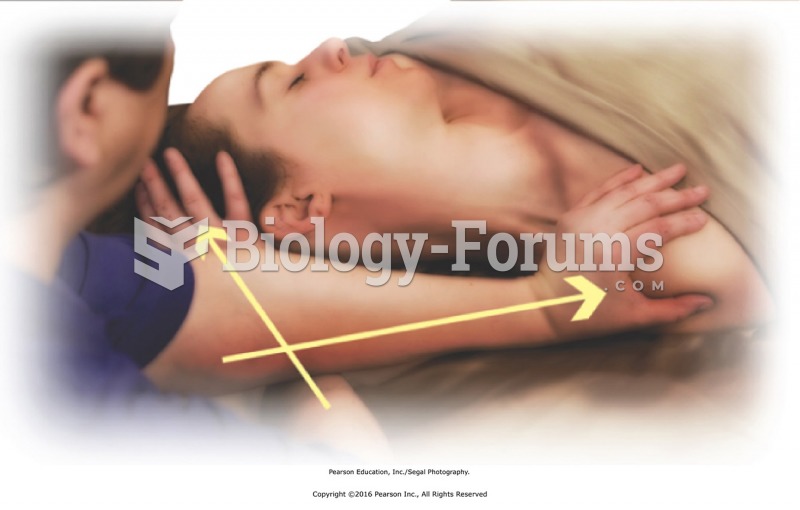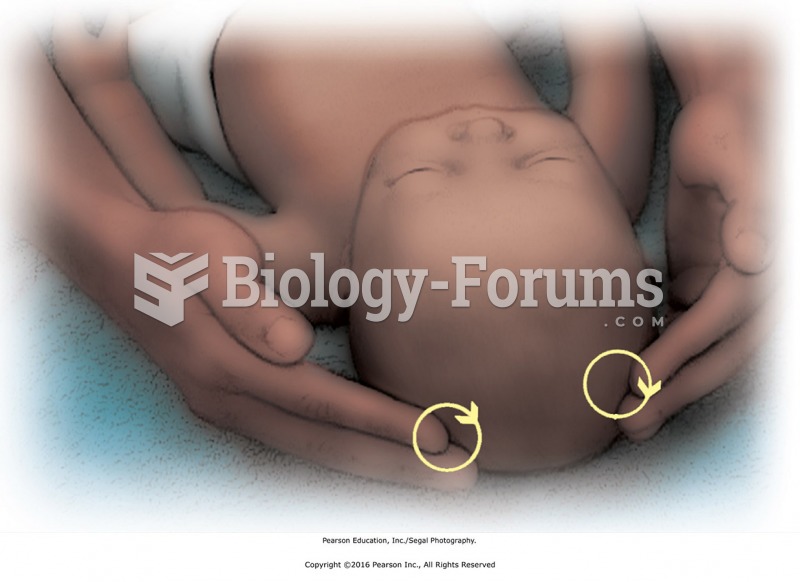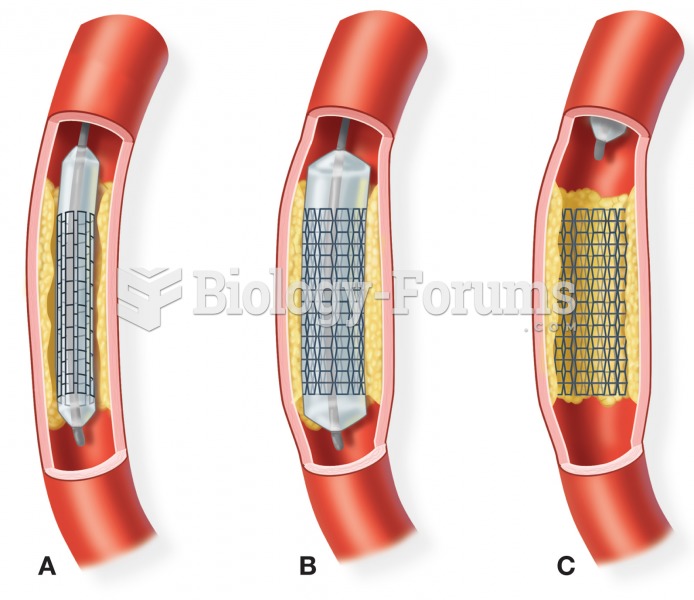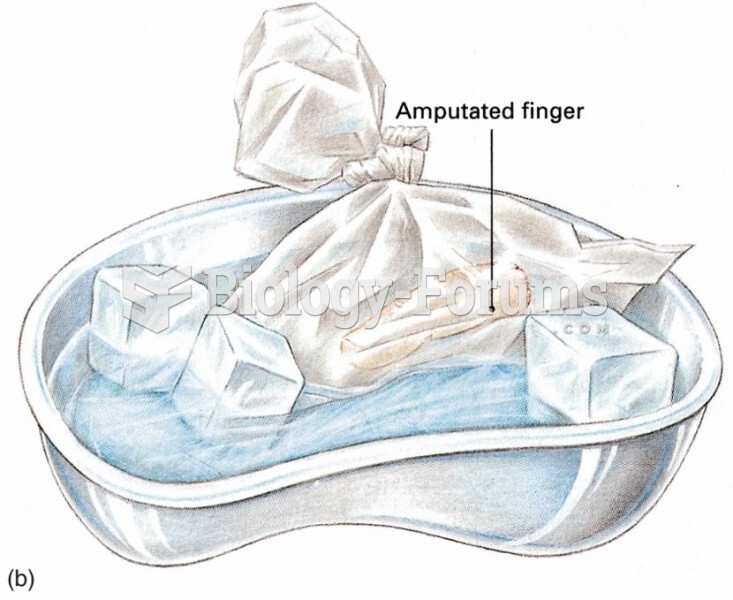|
|
|
The human body produces and destroys 15 million blood cells every second.
Pink eye is a term that refers to conjunctivitis, which is inflammation of the thin, clear membrane (conjunctiva) over the white part of the eye (sclera). It may be triggered by a virus, bacteria, or foreign body in the eye. Antibiotic eye drops alleviate bacterial conjunctivitis, and antihistamine allergy pills or eye drops help control allergic conjunctivitis symptoms.
If you use artificial sweeteners, such as cyclamates, your eyes may be more sensitive to light. Other factors that will make your eyes more sensitive to light include use of antibiotics, oral contraceptives, hypertension medications, diuretics, and antidiabetic medications.
The most dangerous mercury compound, dimethyl mercury, is so toxic that even a few microliters spilled on the skin can cause death. Mercury has been shown to accumulate in higher amounts in the following types of fish than other types: swordfish, shark, mackerel, tilefish, crab, and tuna.
The newest statin drug, rosuvastatin, has been called a superstatin because it appears to reduce LDL cholesterol to a greater degree than the other approved statin drugs.
 Stretch the cervical muscles with neck in lateral flexion. Place one hand on the shoulder and the ...
Stretch the cervical muscles with neck in lateral flexion. Place one hand on the shoulder and the ...
 Place the infant faceup on a soft surface, such as a towel, and remove his or her clothing. With one ...
Place the infant faceup on a soft surface, such as a towel, and remove his or her clothing. With one ...





